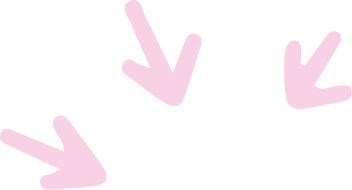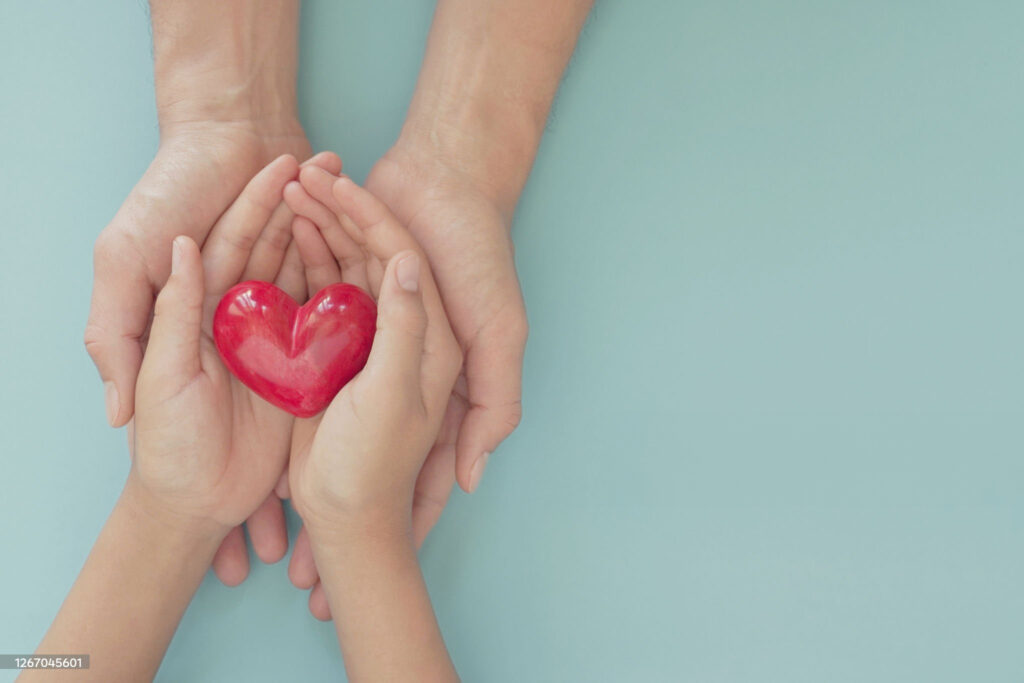When it comes to health, fairness isn’t just a goal—it’s a necessity. Yet, the way we understand and treat heart disease has historically been shaped around the male body, leaving women at a disadvantage. This isn’t just a women’s issue; it’s a reflection of how we approach equity in healthcare and society as a whole. If women face barriers to something as vital as cardiac care, what does that say about our collective progress? Not much really.
Let’s break this down, not just as statistics, but as a wake-up call to what gender equity can achieve in saving lives—of daughters, mothers, sisters, partners, and friends.
Why Symptoms Differ: The Overlooked Realities of Women’s Bodies

Hormonal Differences: The Hidden Protector and the Forgotten Risk
1. Estrogen’s Cardioprotective Effects:
Premenopausal women benefit from estrogen’s ability to reduce inflammation and support vascular function, delaying ischemic events. But after menopause, the drop in estrogen increases the risk of severe cardiac events by 32% (Journal of the American Heart Association, 2020).
2. Hormonal Fluctuations and Pain Perception:
Ever felt fatigue or nausea but brushed it off as “just stress”? Women’s fluctuating hormone levels amplify this ambiguity, masking cardiac symptoms. It’s why nearly 70% of women experiencing a heart attack report symptoms other than chest pain.
Anatomical Variations: Small Arteries, Big Consequences
1. Women’s smaller coronary arteries mean that heart issues often manifest as microvascular dysfunction, not classic ischemia. While 40% of women with chest pain have microvascular disease, only 10% of men share this condition (Circulation, 2021).
2. This isn’t just biology; it’s a design flaw in healthcare. Diagnostic tools and treatments developed for male physiology overlook these nuances, putting women at risk of misdiagnosis or undertreatment.
Social and Psychological Factors: The Invisible Burden
1. Symptom Downplaying: Women are caregivers by societal expectations, often ignoring their own needs. Surveys reveal that 60% of women attribute cardiac distress to non-cardiac causes like stress and delaying treatment.
2. Implicit Bias in Healthcare: A woman’s chest pain is twice as likely to be dismissed as anxiety compared to a man’s (JAMA Internal Medicine, 2019). What message do you think this sends? Unfortunately, women’s pain isn’t taken seriously—and that has deadly consequences.
impact on Diagnosis and Outcomes: The Cost of inequity

Delayed Recognition and Treatment:
Women are 37% less likely than men to receive bystander CPR during a cardiac arrest (Circulation, 2018). Why? Misconceptions about women’s symptoms and discomfort with physical contact.
Gender-Biased Tools:
Standard diagnostics like ECGs or troponins are male-centric, leading to missed diagnoses in women. For example, women with acute coronary syndromes are 15% less likely to receive angiography within 24 hours than men (European Heart Journal, 2020).
Survival Rates:
The price of these biases is steep. Women are 27% less likely to survive out-of-hospital cardiac arrests compared to men (Circulation, 2018).
Let’s Build a Healthier Future for Everyone
Education and Awareness:
Public health campaigns have shown a 25% increase in symptom recognition when tailored to women’s experiences. Imagine how many lives could be saved if this awareness were universal. It’s time to put that imagination to action.
Tailored Diagnostics:
Sex-specific algorithms and advanced imaging like high-sensitivity troponins (98% accuracy in women) are steps in the right direction—but they need widespread implementation.
Gender-Inclusive Research:
Between 1997 and 2020, women made up only 25% of cardiovascular clinical trial participants (Lancet, 2022). But trials with equal representation have discovered new biomarkers for women, proving that inclusivity isn’t just fair—it’s effective.
What This Means for Gender Equity
This isn’t just about heart disease; it’s about a system that wasn’t built for everyone equally. When we address these disparities in healthcare, we’re not just saving lives—we’re dismantling the barriers that hold us all back and paving the way for a future where you can rest assured that your daughter won’t be misdiagnosed and will face the same chances of survival as that of men.
Imagine a world where no one—man or woman—has to fight for their pain to be recognized. That’s the world we’re working toward. Let’s get closer. Together.
Let’s move beyond the status quo. Share this to raise awareness, ask the difficult questions, and demand a healthcare system that works for everyone. Because gender equity isn’t just about equality—it’s about survival.







